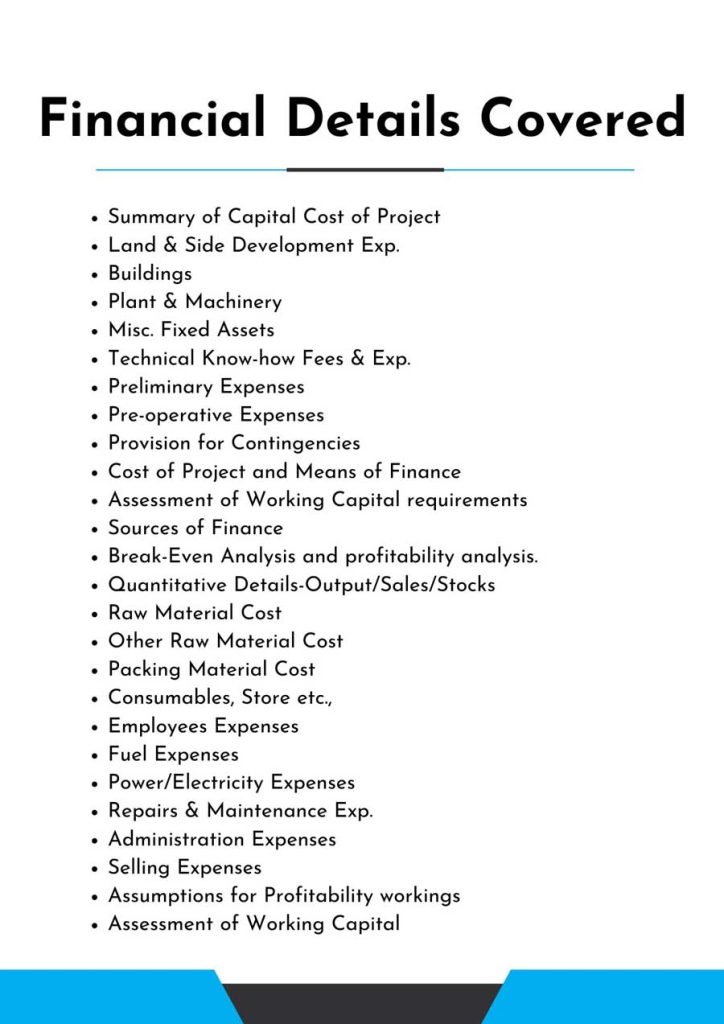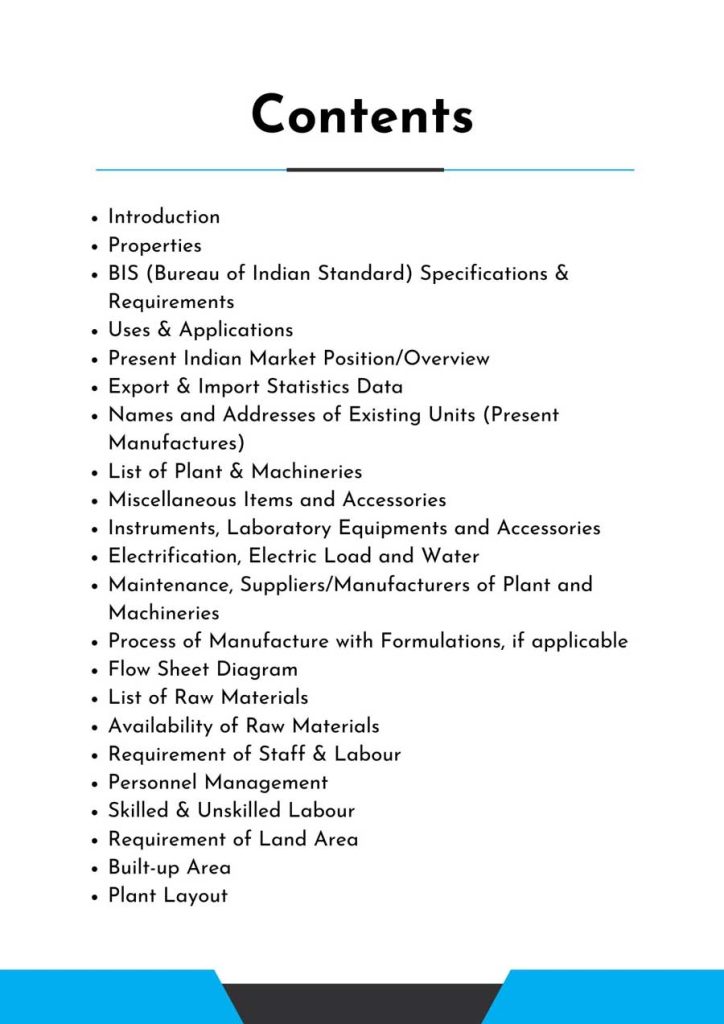Feasibility Report On
Alcohol Manufacturing
Alcohol manufacturing involves the controlled fermentation and distillation of organic materials, primarily grains or fruits, to produce ethanol. This versatile compound finds applications in beverages, fuels, and industrial processes, making it a significant player in both economic and social landscapes.
Introduction
Feasibility Report For Alcohol Manufacturing.
Alcohol is a chemical compound that contains carbon and has a hydroxyl functional group connected to it. Because it is the intoxicating component contained in alcoholic beverages, ethanol is the most well-known alcohol. When yeasts and other microorganisms ferment carbohydrates, they create this chemical naturally.
Isopropyl alcohol is another extensively used alcohol. Because of its broad-spectrum antibacterial capabilities, alcohol is utilised as an antiseptic or disinfectant in a variety of fields. Alcohol has the ability to denature proteins and destroy undesirable bacteria at concentrations of 60-80 percent. It’s also found in cosmetics like face washes and lotions. The main ingredient in most hand sanitizers is one of the two alcohols.
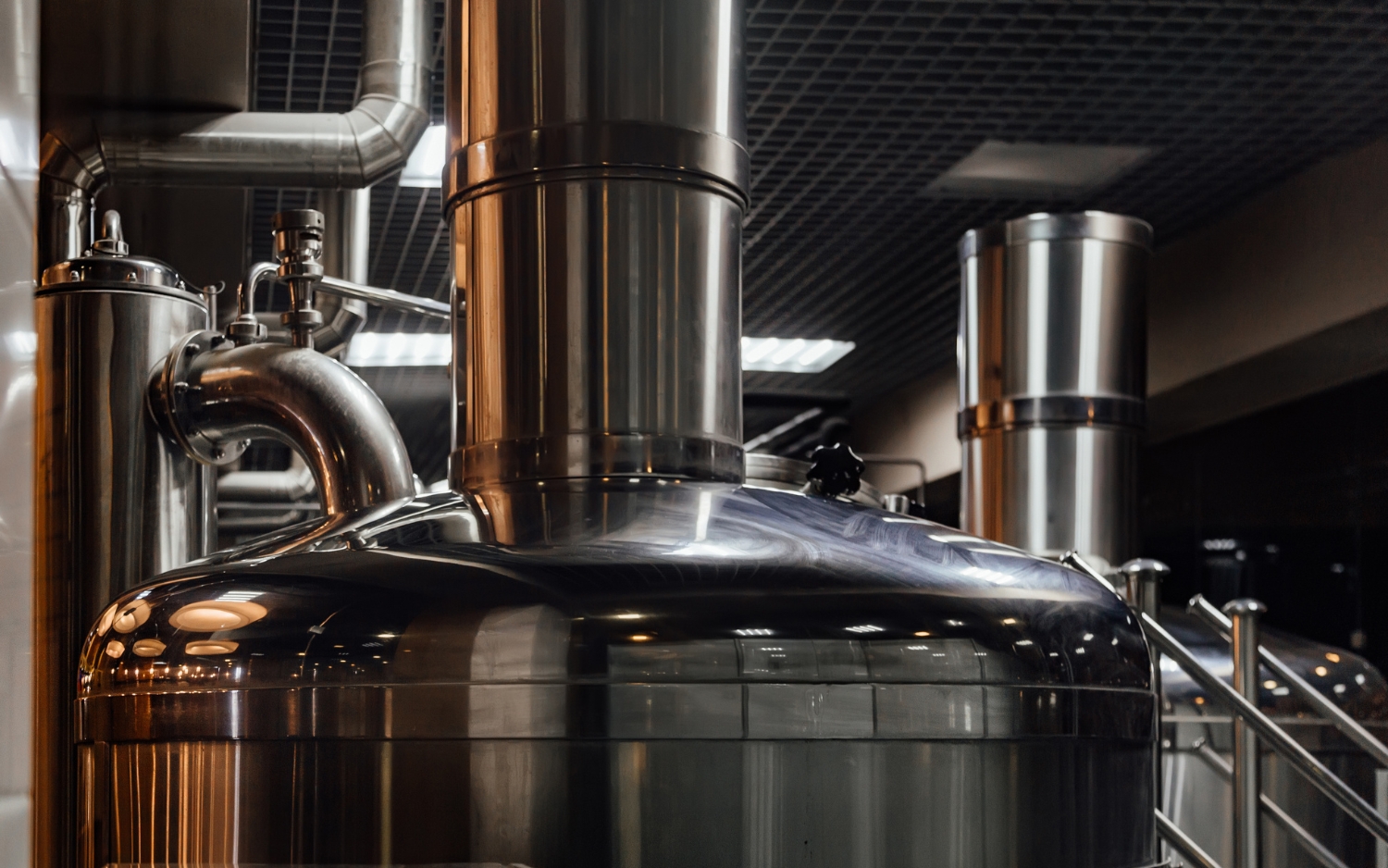

The production of distilled spirits begins with the mash of grains, fruits, or other substances. The fermented liquid is then heated until the alcohol and flavourings vaporise and can be taken off, cooled, and condensed back into a liquid.
Water remains behind and is dumped. Whisky, gin, vodka, rum, brandy and liqueurs, or cordials, are examples of concentrated liquids known as distilled beverages. They typically have an alcoholic content of 40 to 50 percent, while higher or lower amounts can be observed. Alcohol is swiftly absorbed in the gastrointestinal tract (stomach and intestines) after intake since it does not undergo any digestive processes; hence, alcohol gets to high levels in the blood in a very short time.
Alcohol is carried throughout the body via the blood and has a particularly strong effect on the brain, where it has a depressive effect. The functions of the brain are depressed in a predictable fashion when under the influence of alcohol. The most sophisticated functions of the brain—judgment, self-criticism, and inhibitions learned since childhood—are depressed first, and the loss of this control results in a feeling of excitement in the early stages.
Cold storage is also used extensively in the pharmaceutical business to preserve the durability and efficacy of medications and vaccines. Many drugs and vaccinations require precise temperature settings to be functional, and any variation from the required storage temperatures might render them ineffective, if not hazardous.
To ensure the integrity of their products along the supply chain, pharmaceutical businesses invest in specialised cold storage solutions such as cool rooms and temperature-controlled transportation. Cold storage technology and solutions are constantly evolving. For example,
the rise of renewable energy sources such as solar and wind energy is being investigated as a means of powering cold storage facilities while decreasing their environmental impact. Furthermore, researchers and engineers are constantly trying to improve the design and efficiency of cold storage equipment, ensuring greater temperature control and lower energy use.
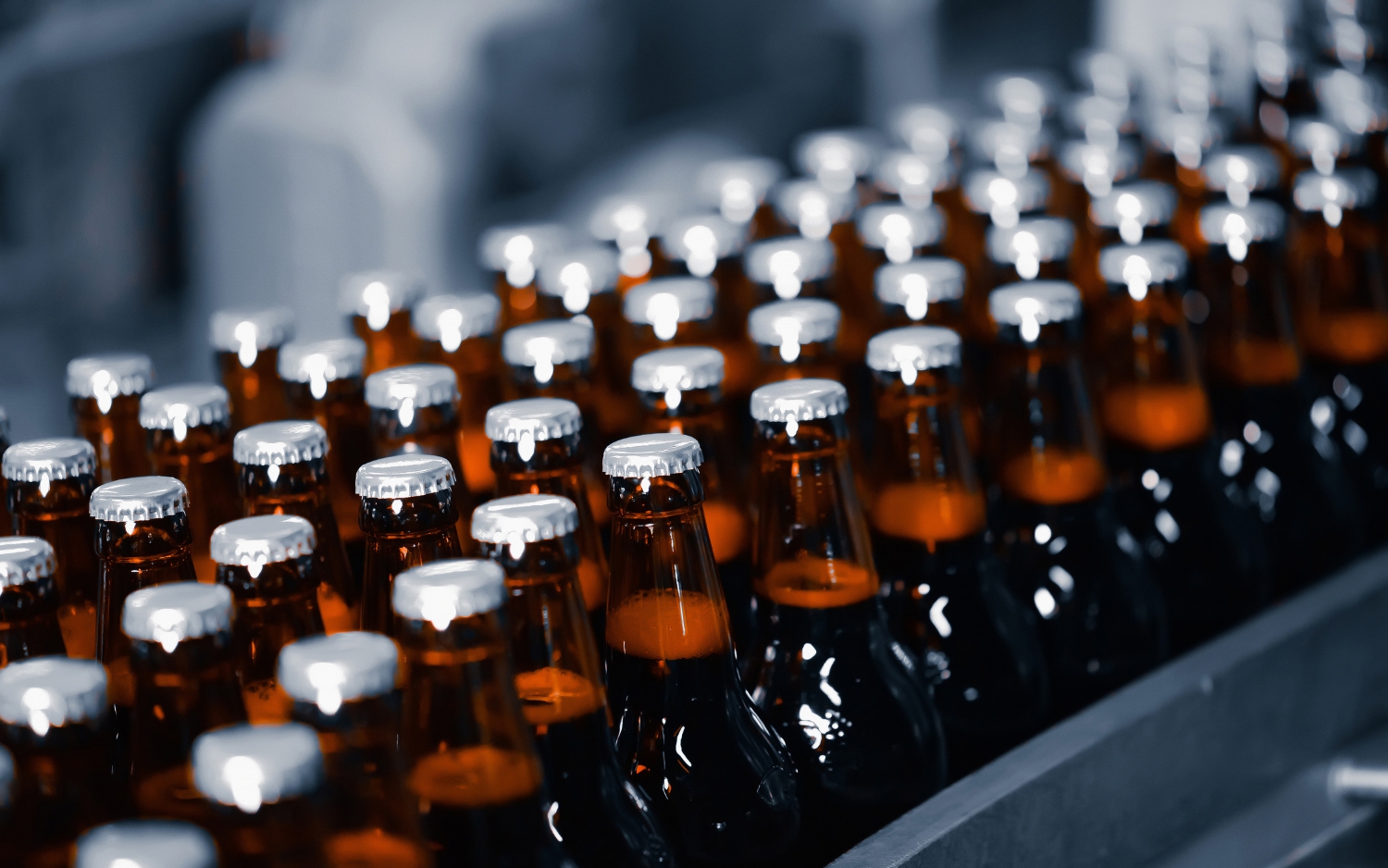
Feasibility Report Sample On Alcohol Manufacturing



Market Strategy of Alcohol Manufacturing
It is projected that India’s alcohol market will generate US$ 54,740.0 million in 2023 and US$ 111,238.9 million by 2033. Alcohol sales in India are anticipated to grow significantly (7.0% CAGR) during the course of the projection year.
The Indian alcohol market has grown dramatically over the years, propelled by changing lifestyles, urbanisation, and a growing middle class. India, famed for its cultural richness, has a long history with alcohol, with its usage inextricably linked to social gatherings, festivities, and religious festivals.
India’s alcoholic beverage sector is one of the largest in the world, trailing only two major countries, China and Russia. Growing demand for alcoholic beverages in India is mostly due to the country’s large young population base, and rising use of alcohol by the young generation, as well as rising disposable income, is fueling industry expansion. With a population of 1.3 billion people, India is one of the world’s largest consumer markets. It is also one of the youngest, with over 50% of its inhabitants under the age of 25 and approximately 65% under the age of 35. The vast majority of alcohol is consumed by people between the ages of 18 and 40.
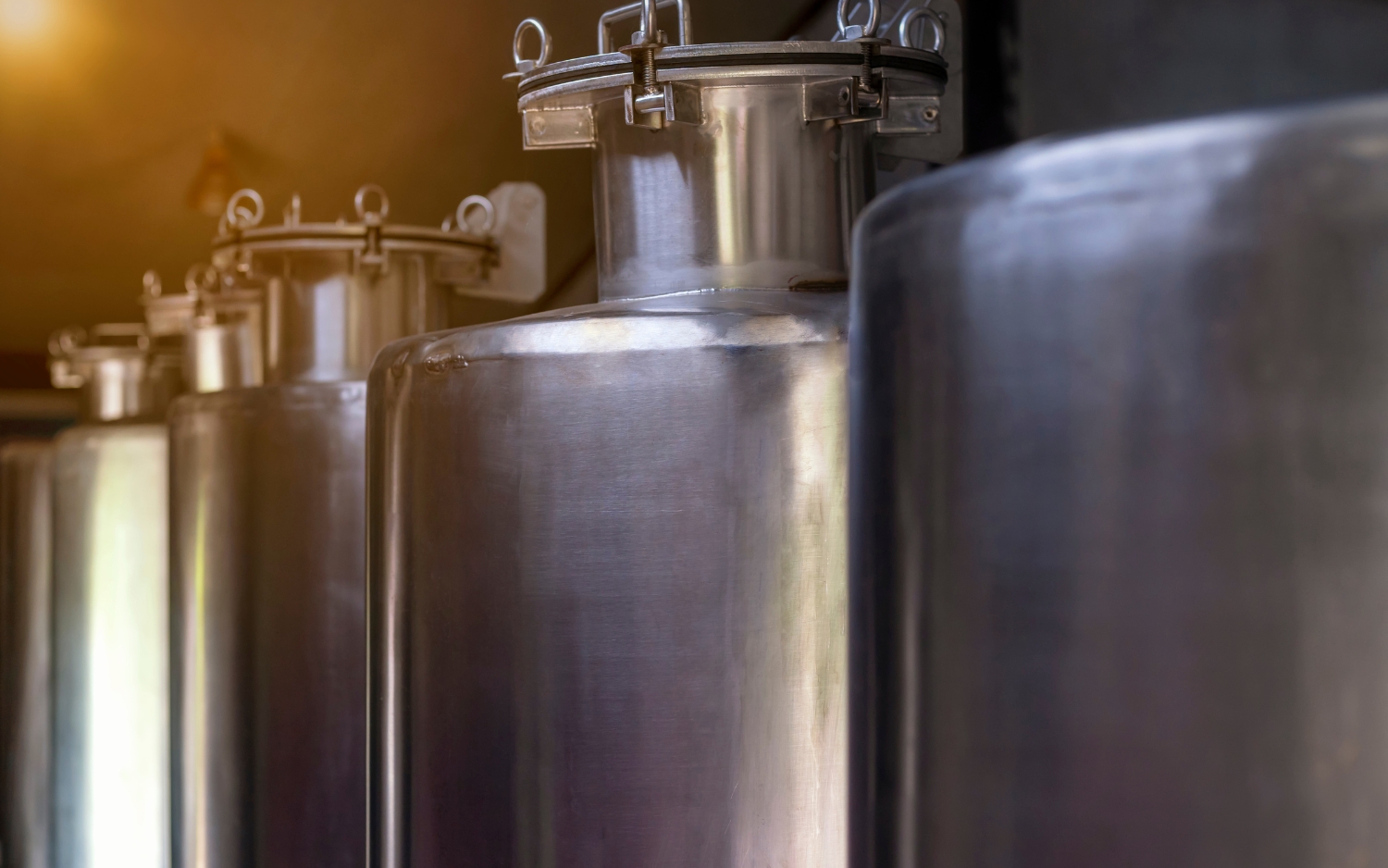
Demand for alcoholic beverages is increasing quicker in emerging markets such as India, China, Indonesia, and Singapore. This is fueling the desire for alcoholic beverages. One of the key drivers of this industry is the rising demand for premium alcoholic beverages. Efforts by alcoholic beverage producers to increase distribution channels and expand purchasing channels, such as online stores and convenience stores, are also significantly contributing to the growth of the global alcoholic drinks market.
